NYU recently released its action plan for achieving carbon neutrality by 2040. That is the year the Intergovernmental Panel on Climate Change has said the globe will start experiencing the dire side consequences of climate change — at least more so than now. The way these dates offset each other is troubling. Although these events are no longer making headlines in recent news cycles, the threat of climate change is a constant that we must pay attention to. While I commend NYU for its plans to take action and decarbonize, I fear it may not be enough to mitigate the impending consequences of climate change.
I am particularly concerned about how NYU will handle the infrastructure component of this plan, as I do not think energy efficiency should be the end goal. Instead, NYU should be exploring cutting-edge, environmentally inclusive design — and we have everything we need to do this. Why doesn’t NYU treat sustainable infrastructure like a bold research project? After all, there is no lack of brain power here.
My worries with the current infrastructure-related plans are two-fold. NYU is relying on improving energy efficiency in its buildings as a primary method of cutting down on energy emissions using the Leadership in Energy and Environmental Design system. The LEED certification is a widely used rating system for green buildings. While LEED is a step in the right direction, I don’t believe its effects are going to protect us from the rise of climate change. LEED certifications are concerned with energy efficiency, water usage and building materials — again, we’d be living in a different world if LEED standards were the norm, but right now, they represent the pinnacle of green design certification. But a LEED certification shouldn’t represent our highest standards.
There needs to be a mechanism in place that will transparently track the changes made and the efficacy of those changes. We need to see and understand that the investments NYU is making are actually effective, as opposed to just appearing green.
My school, Gallatin, received a Gold LEED certification for several small actions, such as recycling, and for the fact that its students use public transportation. Gallatin also got points for including water fountains which could replace water coolers, but since we don’t have water bottle filling stations, we still utilize a water cooler. The scale of the actions taken aren’t the kinds of standards we should aspire to; I don’t think this is even bare minimum. We need an adaptive infrastructure plan that is going to make this campus resilient against the effects of climate change.
If NYU were to treat this larger plan as one of the research projects it often funds, such as Holodeck, or even one of its many planned real estate purchases — hello, NYU LA — we would be able to hit two birds with one stone. There are many professors who are currently involved in green design, such as Mitchell Joachim, who heads Terreform-One, a cutting-edge architectural design firm. I would hope that NYU draws from its own green design faculty at NYU to realize their infrastructure vision to mitigate climate change. And I would be interested to see what results from these potential collaborations and the $30 million NYU has budgeted to spend on carbon neutrality. Meanwhile, if an infrastructure design and implementation plan were to manifest, by virtue of being research-based, methods to measure progress would be in place; after all, research is only research if you consistently record the data and track the changes.
Through engaging the professors on our very campus, we could begin considering how NYU can cope with climate change as well: such as how our current concrete campus will handle major flooding. In due time, we must consider how we can simultaneously be a part of a counteractive project and brace ourselves for the incoming effects of climate change.
Unfortunately, this grand plan is unlikely to come to fruition. What I think is reasonable to demand, however, is a transparency plan. Currently, we have access to a list of goals, which is quite detailed, but students need something much more comprehensive; what buildings are going to be renovated, when and how? When can we expect to see solar panels going up? When will NYU make a decision on where it will be purchasing its sustainably created power? Without having a comprehensive timeline and implementation document, students and faculty will not be able to keep the university accountable for its promises.
A version of this article appeared in the Monday, Nov. 19 print edition.
Opinions expressed on the editorial pages are not necessarily those of WSN, and our publication of opinions is not an endorsement of them.
Email Shanti Escalante at [email protected].

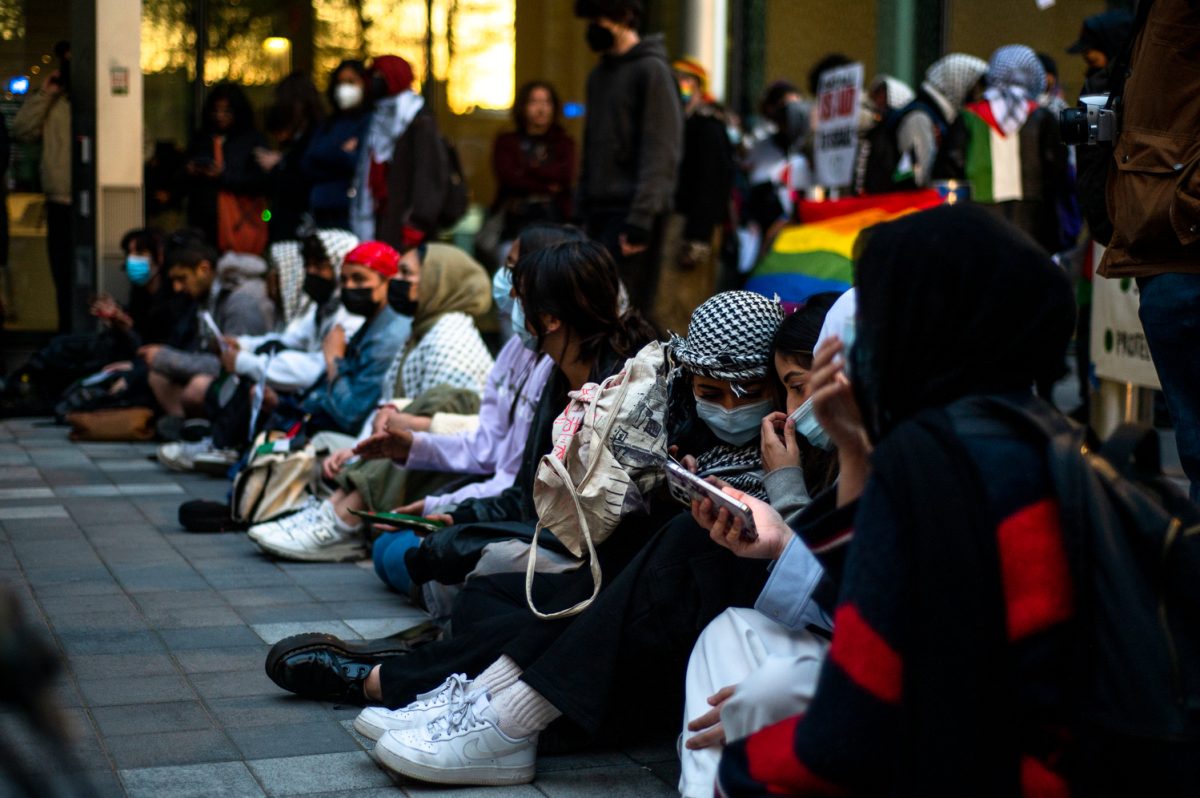
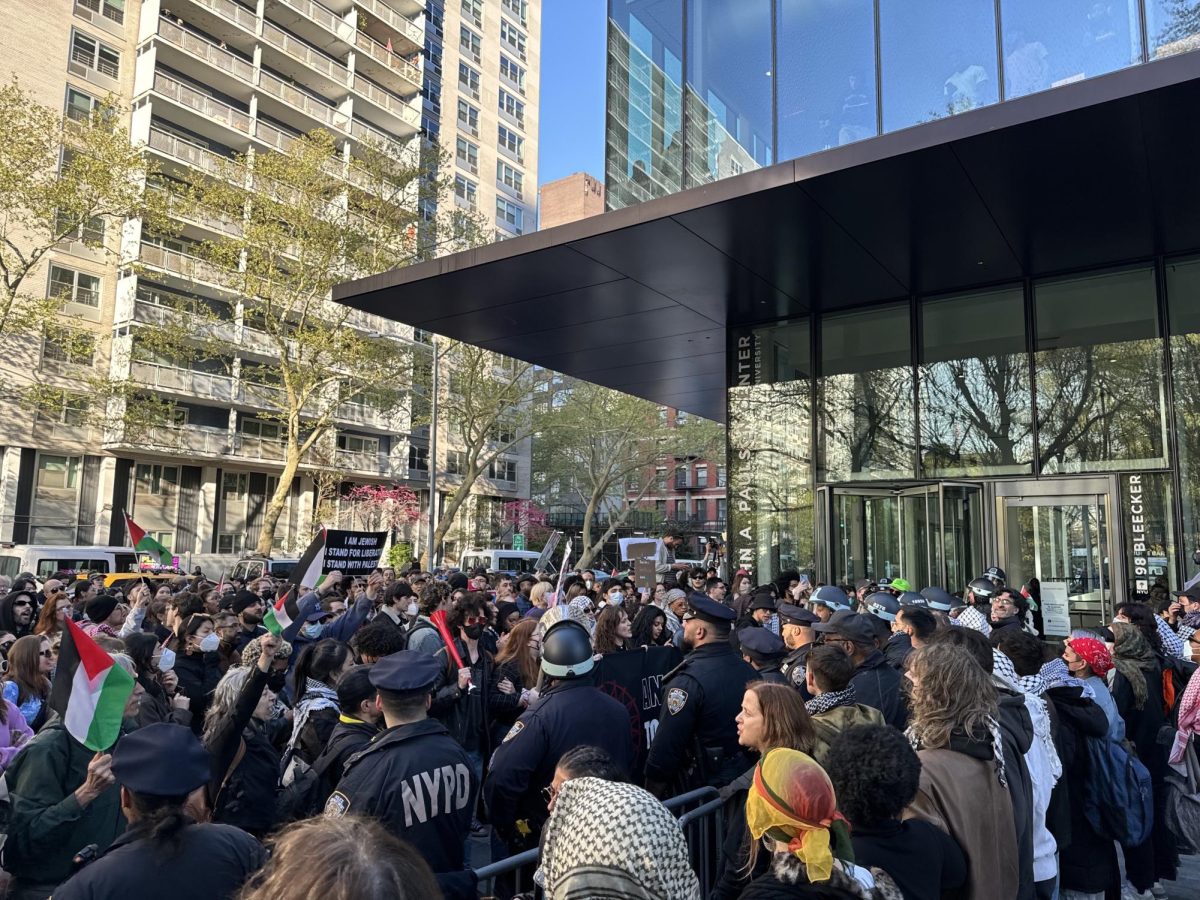
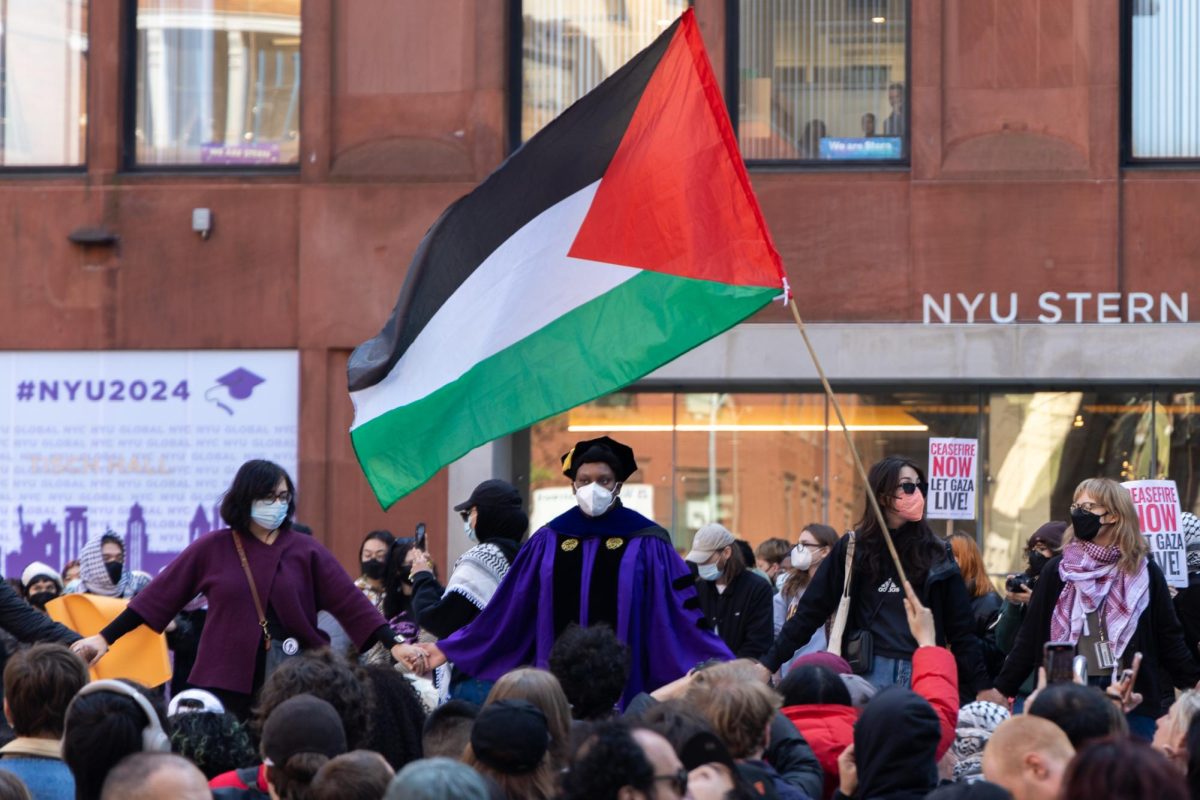

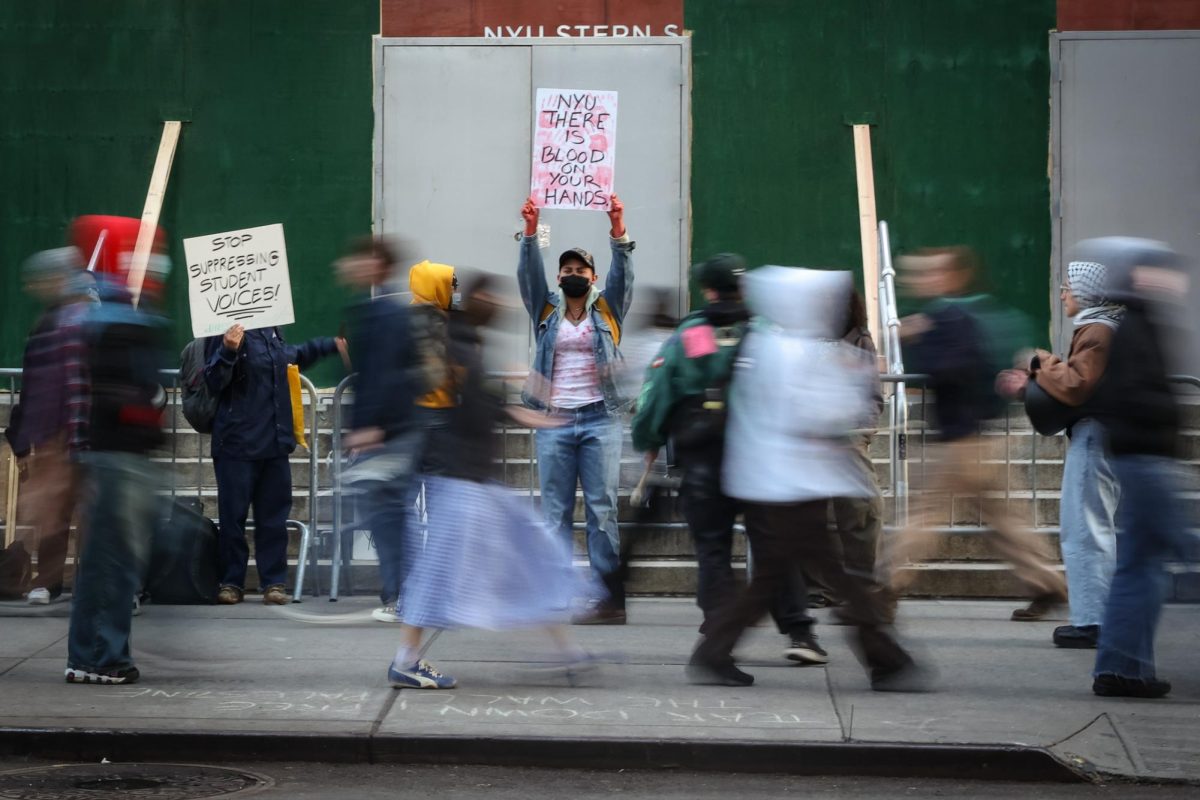






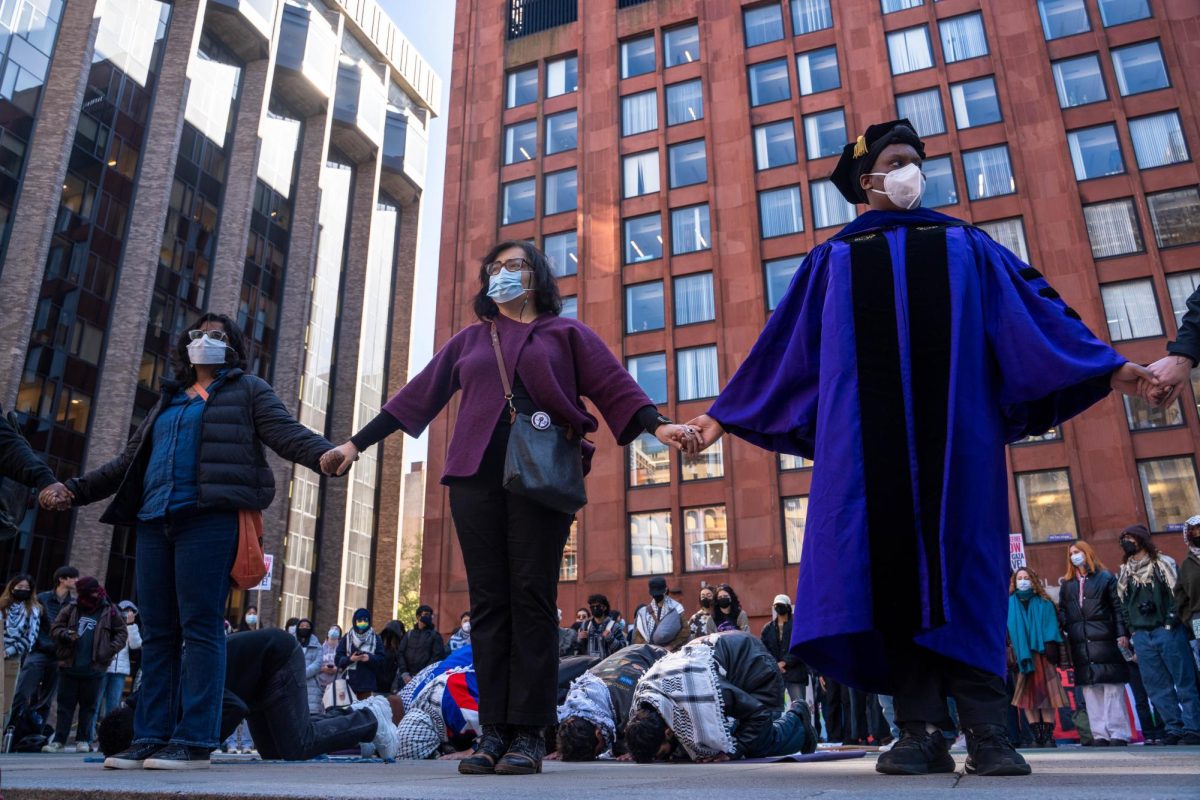































































































































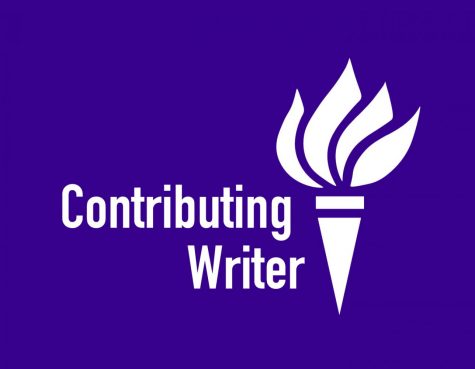
Robert Kremer • Nov 22, 2018 at 12:21 pm
Shanti Escalante,
Has captured the essence of energy inaccuracy that LEED has been perpetrating on the public. They charge high fees to circumvent, trick, the system getting the coveted expensive LEED designation.
NYU is a learning institution with great minds and fresh ideas can find their own truth in energy benchmarks. NYU can devise a standard that is not influenced by smart circumvention tricks to obtain accurate standards in energy performance .
Or NYU can use a independent agency like university or government testing laboratory.
NYC DCAS employs CUNY BPL Building Performance Lab, https://www.cunybpl.org/ to provide independent energy audits and reports on energy and performance. BPL is focused mainly on energy and water compared to LEED that is doing it as one of the items that can bust their overall certification, that is paid for by the owner of the building or developer.
All the points that were broth forward by Shanti and right on target, and I am amazed at her clarity to point out all the major points for NYU to follow.
I am in the energy business 40 years and her points are better than anything I heard from any of our energy gurus.
Wishing you all of the best this holiday season!
Robert